Commelina communis
Commelina communis
1. The products in our compound library are selected from thousands of unique natural products; 2. It has the characteristics of diverse structure, diverse sources and wide coverage of activities; 3. Provide information on the activity of products from major journals, patents and research reports around the world, providing theoretical direction and research basis for further research and screening; 4. Free combination according to the type, source, target and disease of natural product; 5. The compound powder is placed in a covered tube and then discharged into a 10 x 10 cryostat; 6. Transport in ice pack or dry ice pack. Please store it at -20 °C as soon as possible after receiving the product, and use it as soon as possible after opening.
Natural products/compounds from Commelina communis
- Cat.No. Product Name CAS Number COA
-
BCN5392
Rhaponiticin155-58-8
Instructions
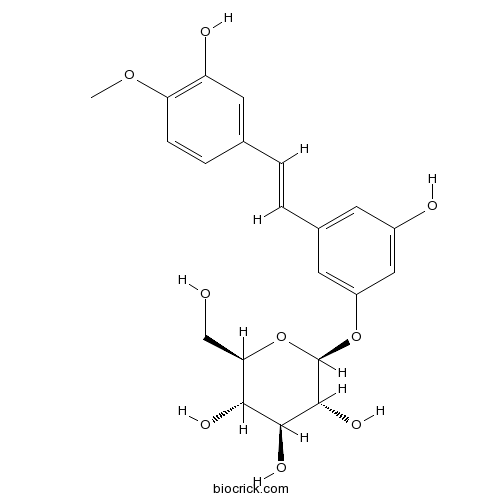
-
BCN5979
Caffeic acid331-39-5
Instructions
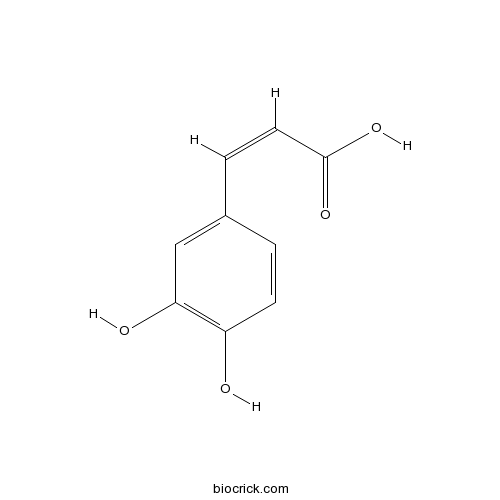
-
BCN5441
Isovitexin38953-85-4
Instructions
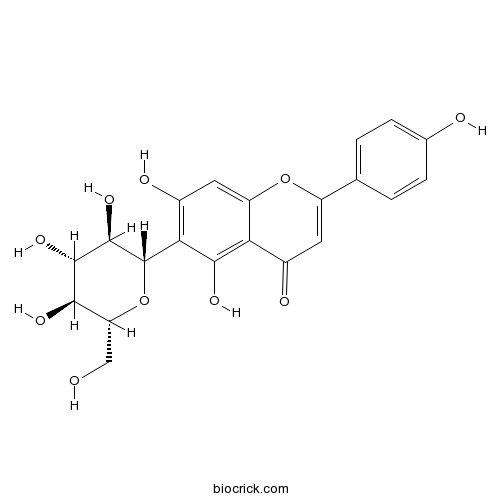
-
BCN5569
Isoquercitrin482-35-9
Instructions
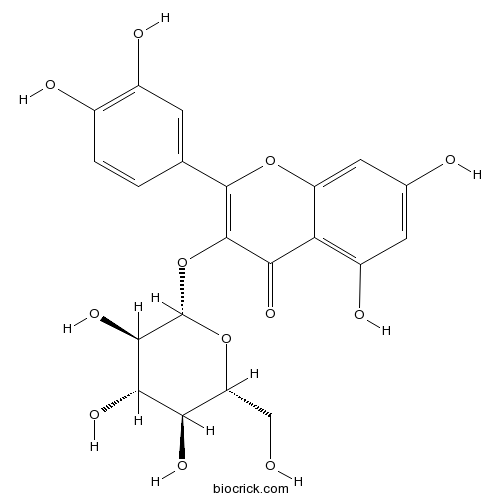
-
BCN4376
Stigmasterol83-48-7
Instructions
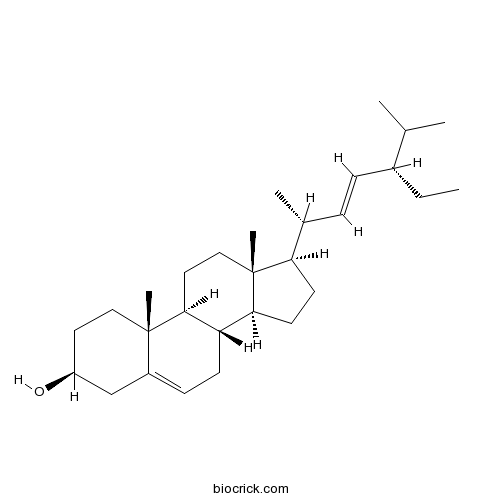
-
BCN4537
3,4-Dihydroxybenzoic acid99-50-3
Instructions
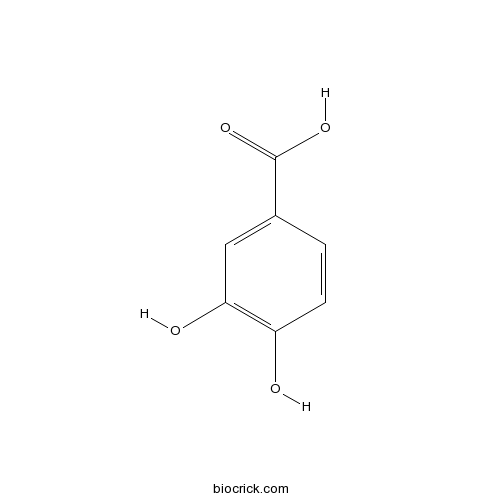
Simultaneous Qualitative and Quantitative Study of Main Compounds in Commelina communis Linn. by UHPLC-Q-TOF-MS-MS and HPLC-ESI-MS-MS.[Pubmed: 29659750]
This study reported the identification and determination of the main components of Commelina communis Linn. A total of 62 compounds were identified in C. communis Linn. extract, which included 29 flavonoids and flavonoid glycosides, 17 phenolic acids, 4 alkaloids, 1 pyrimidine alkaloids, 3 sterols and 8 fatty acids and others by ultra high performance liquid chromatography coupled with hybrid triple quadrupole time-of-flight mass spectrometry. Moreover, a specific, simple, rapid and sensitive high performance liquid chromatography with tandem mass spectrometry method was developed and validated for determination of 13 components of C. communis Linn., which included orientin, iso-orientin, vitexin, isovitexin, rutin, apigenin, protocatechuate, vanillic acid, caffeic acid, ferulic acid, luteolin, quercetin and isorhamnetin. All calibration curves showed good linearity (r ≥ 0.9991) within the test range. The intra- and inter-day precisions (relative standard deviation%, RSD%) were within 1.04 and 0.92%, and the recoveries ranged from 98.64 to 100.8%. These results may contribute to the further study and quality control for C. communis Linn.
The alkyne-tag Raman imaging of coronatine, a plant pathogen virulence factor, in Commelina communis and its possible mode of action.[Pubmed: 29520403]
We previously reported that coronatine, a virulence factor of plant bacteria, facilitates bacterial infection through an ER (endoplasmic reticulum)-mediated, non-canonical mechanism in the model dicot plant, Arabidopsis thaliana. Here, we report that this same ER-mechanism is ubiquitous among dicots and monocots, and works by affecting the ethylene signaling pathway widely found in plants. The subcellular localization of coronatine by the alkyne-tag Raman imaging (ATRI) approach provided a convincing clue.
Geography Plays a More Important Role than Soil Composition on Structuring Genetic Variation of Pseudometallophyte Commelina communis.[Pubmed: 27499758]
Pseudometallophytes are excellent models to study microevolution and local adaptation to soil pollution, as they can grow both on metalliferous and contrasting non-metalliferous soils. Although, there has been accumulating evidence for the effects of edaphic conditions and geographical isolation on the genetic structure of pesudometallophytes, it is still a difficult problem in evolutionary biology to assess their relative importance. In this study, we investigated the spatial patterns of genetic variability, population differentiation and genetic groups in pseudometallophyte Commelina communis with 12 microsatellite loci. Eight metallicolous and six non-metallicolous populations of C. communis were sampled from cupriferous sites and surrounding non-contaminated areas in China. Neither significant reduction in genetic diversity nor apparent founder and bottleneck effects were observed in metallicolous populations of C. communis. Based on Bayesian and Neighbor-Joining clustering analyses and a principal coordinates analysis, all sampled populations were found to be mainly separated into three genetic groups, corresponding well to their geographical locations rather than edaphic origins. Moreover, a significant and strong correlation between population genetic divergence and geographical distance were detected by Mantel test (r = 0.33; P < 0.05) and multiple matrix regression with randomization (MMRR; βD = 0.57, P < 0.01). However, the effect of copper concentration on genetic patterns of C. communis was not significant (MMRR; βE = -0.17, P = 0.12). Our study clearly demonstrated that the extreme edaphic conditions in metalliferous areas had limited effects on the genetic variability in C. communis. Geographic distance played a more important role in affecting the genetic structure of C. communis than soil composition did. In C. communis, the geographically disjunctive populations on metalliferous soils had multiple origins and evolved independently from nearby non-metallicolous populations.
Importance of Macrophyte Quality in Determining Life-History Traits of the Apple Snails Pomacea canaliculata: Implications for Bottom-Up Management of an Invasive Herbivorous Pest in Constructed Wetlands.[Pubmed: 26927135]
Pomacea canaliculata (Ampullariidae) has extensively invaded most Asian constructed wetlands and its massive herbivory of macrophytes has become a major cause of ecosystem dysfunctioning of these restored habitats. We conducted non-choice laboratory feeding experiments of P. canaliculata using five common macrophyte species in constructed wetlands including Ipomoea aquatica, Commelina communis, Nymphoides coreana, Acorus calamus and Phragmites australis. Effects of macrophytes on snail feeding, growth and fecundity responses were evaluated. Results indicated that P. canaliculata reared on Ipomoea had the highest feeding and growth rates with highest reproductive output, but all individuals fed with Phragmites showed lowest feeding rates and little growth with poorest reproductive output. Plant N and P contents were important for enhancing palatability, supporting growth and offspring quantity of P. canaliculata, whilst toughness, cellulose and phenolics had critically deterrent effects on various life-history traits. Although snail offspring quality was generally consistent regardless of maternal feeding conditions, the reduced growth and offspring quantity of the poorly-fed snails in constructed wetlands dominated by the less-palatable macrophytes could limit the invasive success of P. canaliculata. Effective bottom-up control of P. canaliculata in constructed wetlands should involve selective planting strategy using macrophytes with low nutrient and high toughness, cellulose and phenolic contents.
Development and characterization of microsatellite loci for the pseudometallophyte Commelina communis (Commelinaceae).[Pubmed: 25699218]
•
Does urbanization promote floral diversification? Implications from changes in herkogamy with pollinator availability in an urban-rural area.[Pubmed: 25058285]
Although land-use changes such as urbanization have dramatically altered plant-pollinator interactions, little is known about their effects on pollen limitation and floral traits. In this study, we examined pollinator visit frequency, reproductive success, and floral trait measurements in 12 populations of the annual andromonoecious Commelina communis in an urban-rural area. Pollinator and mate availability decreased significantly with developed land area around the study site. Most urbanized populations suffered from significant pollinator-limited male and/or female reproductive success. High fruit set in urbanized populations may suggest the presence of high reproductive assurance by selfing. The stigma height and degree of herkogamy significantly decreased with increased pollinator limitation. Petal length, anther height, and/or the pollen:ovule ratio tended to be low in pollinator- and mate-limited urban populations. One urban population with high pollinator availability had flowers with higher herkogamy and stigma height compared to rural populations. These results suggest that urbanization may provide diverse selective forces that could affect the phenotypic variation in floral traits.


